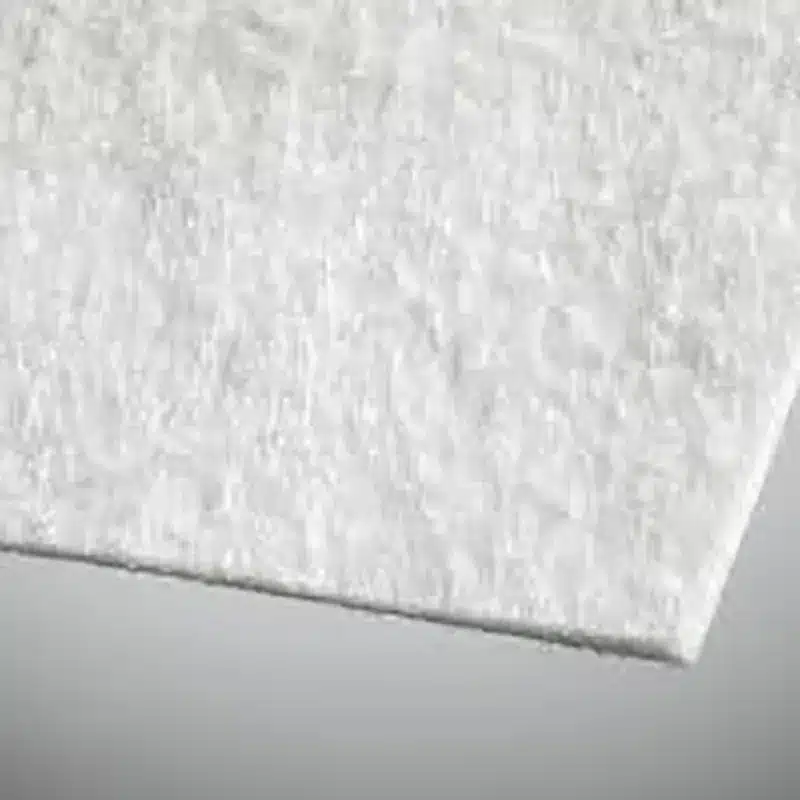+86-159 9860 6917
info@geofantex.com
geofantex@gmail.com
+86-400-8266163-44899
Erosion is a major concern in construction, landscaping, and environmental preservation, leading to soil degradation and loss of vegetation. One of the most effective methods of preventing soil erosion and ensuring slope stability is the use of geotextiles, including permeable blankets used to cover the soil surface and reduce erosion from rainfall impact. These versatile materials are designed to enhance soil performance, protect landscapes, and improve environmental sustainability. This article explores how geotextiles are used in erosion control, focusing on their types, applications, and benefits.
Which type of geotextile is preferred in soil stabilization?
For soil stabilization, woven geotextiles are typically the preferred choice due to their strength and structural support.
- High tensile strength makes them ideal for reinforcing weak or unstable soils.
- Low elongation helps maintain soil structure under heavy loads and prevents shifting.
- Durable materials like polypropylene or polyester resist UV exposure, chemicals, and biological degradation.
- Common applications include road bases, embankments, retaining walls, and load-bearing structures.
In contrast, nonwoven geotextiles are better suited for filtration and drainage rather than structural reinforcement. While both types are useful, woven geotextiles are the go-to solution when soil needs long-term stabilization and support.

What Is Geotextile for Slope Stability?
Geotextile for slope stability is a reinforcement and protection material used to strengthen soil on inclined surfaces and reduce the risk of erosion or slope failure.
- Soil reinforcement: Increases soil shear strength, helping slopes resist sliding and collapse.
- Erosion protection: Shields exposed soil from rainfall impact, surface runoff, and wind erosion.
- Drainage control: Allows water to pass through while preventing soil loss, reducing pore water pressure within the slope.
- Vegetation support: Creates a stable base for plant roots to grow, enhancing long-term slope stability naturally.
- Wide application: Commonly used on embankments, hillsides, road cuts, riverbanks, and construction sites exposed to heavy rainfall or steep gradients.
By combining reinforcement, drainage, and surface protection, geotextiles provide a reliable and long-lasting solution for maintaining slope stability in both natural and engineered environments.
How does geotextile prevent soil erosion?
Geotextiles prevent soil erosion by acting as a protective barrier between the soil and external elements like wind, rain, and runoff. By placing the fabric over exposed soil, they help maintain the integrity of the soil structure by providing a filtration layer that allows water to pass through while retaining soil particles. This reduces surface runoff and minimizes the risk of soil washing away. In addition, geotextiles promote vegetation growth by providing a stable environment for roots to take hold, further reducing erosion and contributing to long-term soil health.

What is slope erosion control fabric?
Slope erosion control fabric is a type of geotextile designed specifically for controlling erosion on sloped terrain. Typically made from woven or nonwoven materials, this fabric is used to cover the soil surface, protecting it from the erosive forces of wind and water. The fabric stabilizes the soil by preventing surface movement and promoting vegetation growth. It also helps with water drainage, which is crucial in maintaining slope integrity. This fabric can help successfully filter runoff, control erosion, and stabilize slopes in your area. Slope erosion control fabrics are commonly used in landscaping, road construction, and hillside projects to prevent the loss of soil and ensure long-term slope stability.
Geotextiles are a crucial tool in preventing erosion and enhancing soil stability in various applications, including slope protection and soil reinforcement. The right type of geotextile, whether woven or nonwoven, can significantly improve the effectiveness of soil stabilization and reduce the risk of erosion. By serving as protective barriers, improving drainage, and fostering vegetation growth, geotextiles play a key role in maintaining the health and stability of both natural and engineered landscapes. Whether for slope stability or soil erosion control, geotextiles offer a sustainable and reliable solution to environmental challenges.



Get Free Sample
We’ll respond as soon as possible(within 12 hours)






















